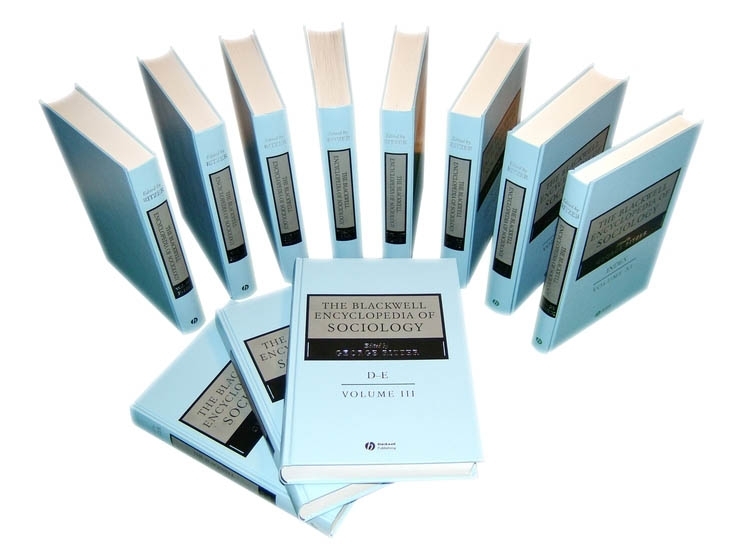Conspicuous Consumption
Abstract
The term conspicuous consumption entered the sociological lexicon via Thorstein Veblen's biting analysis of the spending patterns of the rich and nouveau riches in the late nineteenth century. The Theory of the Leisure Class (1899) is an account of how these groups spent enormous energy and money constructing an ostentatious style of life. They built and decorated ornate homes, adorned their persons with clothing and jewelry, designed elaborate carriages, and employed large numbers of servants dressed in expensive uniforms. Throughout, the principles of waste, luxury, and ornamentation ruled the choices they made. The motive that animated their efforts was the desire for social esteem, which itself was dependent on the possession of wealth. But having money was not enough. It must be put $@#*^%#@#ldquo;in evidence,$@#*^%#@#rdquor; or become conspicuous. Because these are ongoing features of wealth$@#*^%#@#hyphen;based status systems, the concept of conspicuousness continues to be important long after the Veblenian era has passed.



